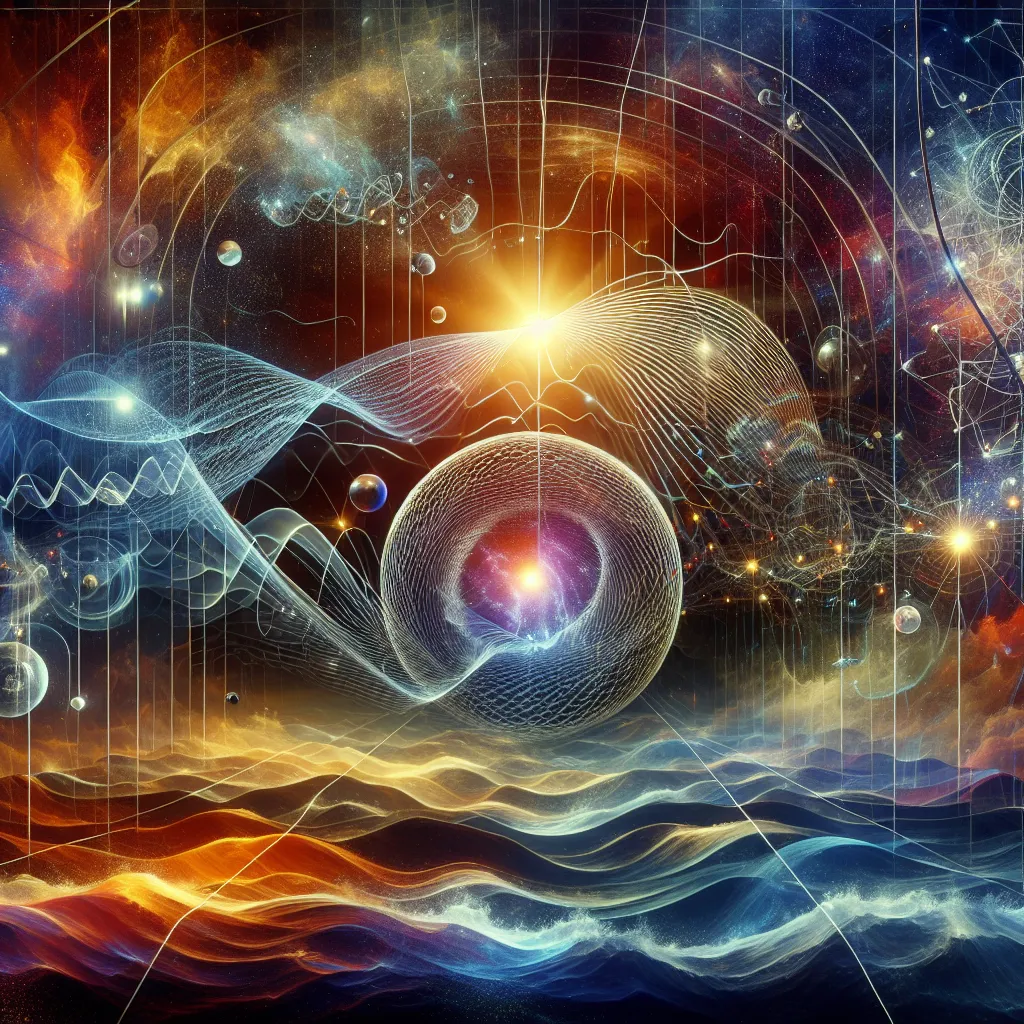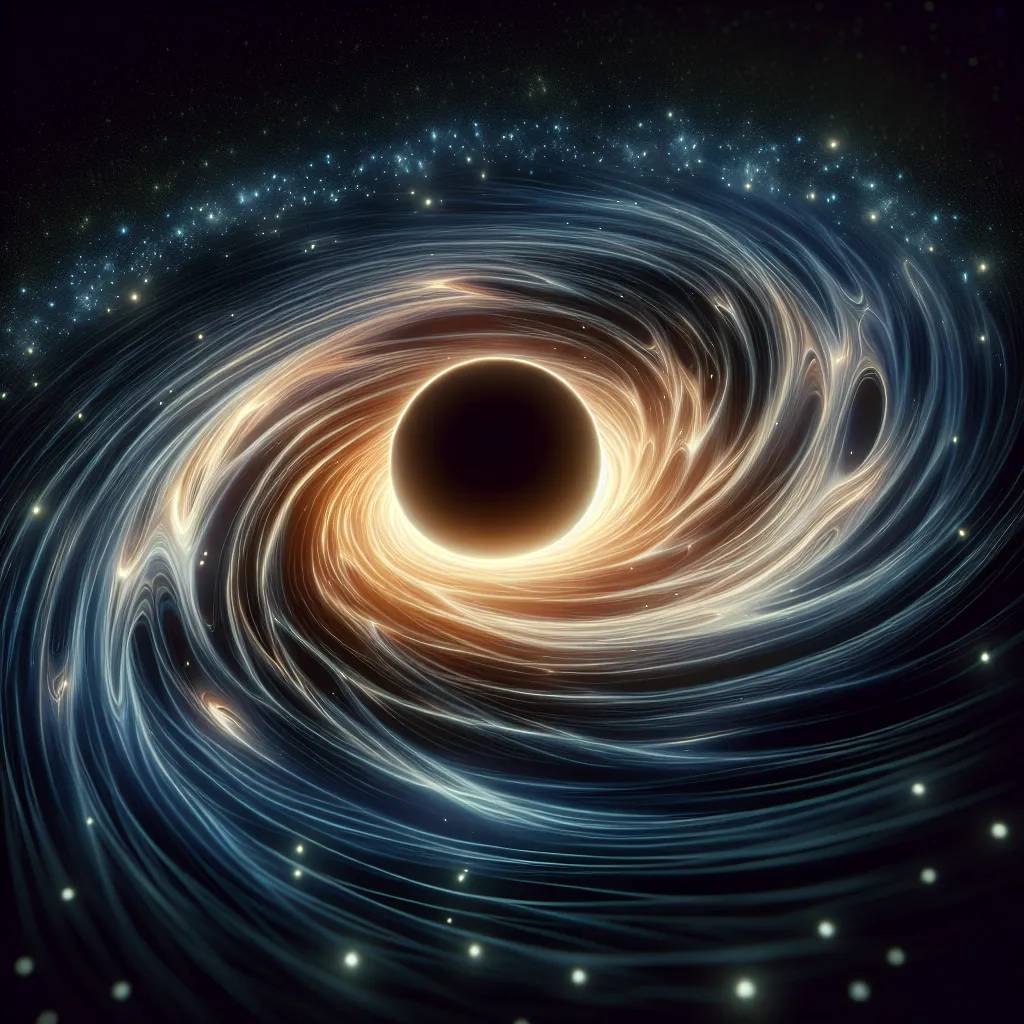What is the true essence of our universe? That’s one of the big questions humans have tried to answer for centuries. To make sense of the world around us, we create stories. Some stick, and others we discard. But as we learn more, these stories get increasingly complicated and strange.
Take string theory, for example. This controversial idea tries to explain everything about the universe. Why did we create it? Is it right, or just another myth to throw away?
Our journey into understanding reality has been mind-blowing. We discovered amazing landscapes in dust, bizarre creatures, and complex protein robots all made of molecules. When we looked deeper, we found atoms, which we thought were the final layer of reality. But smashing atoms together revealed even smaller elementary particles that can’t be divided further.
Here’s the catch, though: these particles are so small that we can’t see them. To see something, light has to bounce off it and return to our eyes. But elementary particles are way too tiny for visible light to touch. So, when we use higher energy waves to see them, it changes the particles. This dilemma is essential in quantum physics, known as the Heisenberg uncertainty principle. It tells us we can’t measure these particles precisely.
If we can’t see these particles, how do scientists study them? We made up a new story—the point particle. We imagined particles as points in space with specific charges and masses. This made it possible for physicists to define and calculate their interactions, paving the way for Quantum Field Theory. This theory solved many problems and led to innovations in technology we use daily.
But gravity threw a wrench in the works. In quantum mechanics, forces come from particles. But Einstein’s general relativity says gravity isn’t a force like the others; it’s about the fabric of space-time. This means our quantum story doesn’t gel with our gravity story. If we could unite these, we’d have a theory of everything.
Enter string theory. It posits that particles are actually one-dimensional strings vibrating at different modes. Just like a violin string produces different notes, these strings produce different particles, including gravity. The theory aimed to unify all fundamental forces, creating massive excitement.
But, and this is a big but, string theory demands ten dimensions to function, not the four (three spatial and one temporal) we live in. No one has successfully reconciled all these dimensions with our universe, and no string theory predictions have been experimentally verified.
So, is string theory useless? Not really. Math in string theory checks out, making it still valuable. Think of it as trying to build a cruise ship using rowing boat blueprints. You might not get all the specifics, but you’ll learn something useful.
String theory might help answer long-standing questions about quantum gravity and black holes. It’s a tool for theoretical physicists to explore new aspects of the quantum world and discover beautiful mathematics.
So, while string theory might not be the ultimate theory of everything, it’s an incredibly useful story. Our quest to understand the true nature of reality continues, with new stories guiding us along. One day, maybe, we’ll finally get it right.






